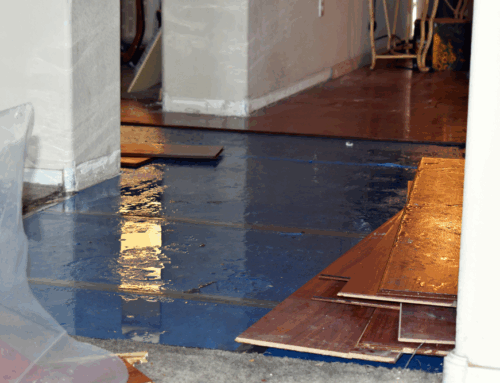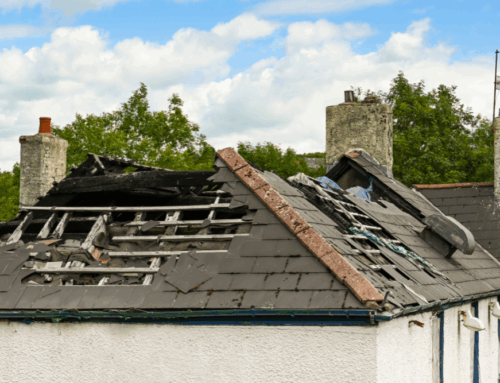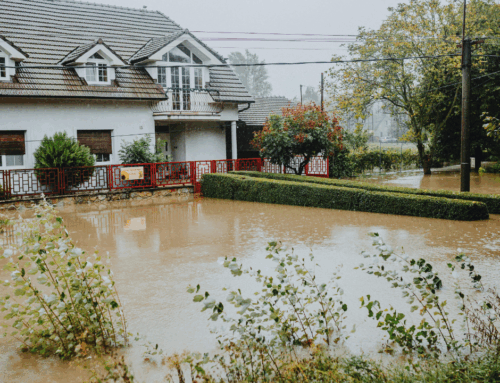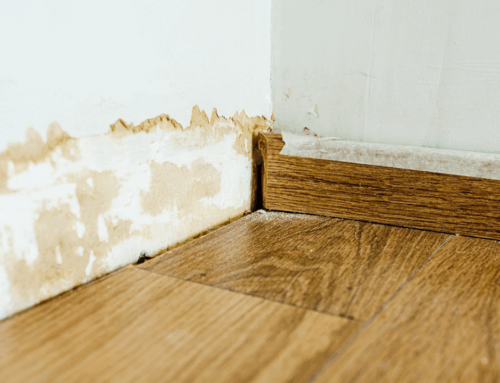Winter Water Damage: How to Protect Your Home from Ice and Snow
We’re on the cusp of another winter here in Michigan and a recent forecast predicted that it’s likely to be a particularly wet one. Even if that doesn’t come to pass, it’s always a good idea to hope for the best and prepare for the worst when it comes to safeguarding your home at this time of year. For those who don’t take the necessary precautions, wintry conditions can bring hellish consequences for homeowners. And whether you’re relatively new to your property or you’ve been calling the same place home for decades, it’s always worth reminding yourself of some of the most essential protective measures…
Pay Close Attention to Your Roof
If you take care of your roof, your roof will take care of you. It’s the first line of defence, and it’s absolutely crucial in keeping any winter weather damage to a minimum. Start by checking your roof’s shingles and flashing – is there anything that doesn’t look right? Anything that’s worn out or missing can provide an entry point for rain and snow, so you should replace it as soon as possible. Another straightforward task is to clean your gutters – remove leaves, twigs and any other debris so that any winter precipitation can flow freely. That, in turn, will help to prevent ice dams forming. Ice dams, as you may well know already, occur when gutters get clogged or damaged and snow and ice can no longer drain through, building up over time and stemming the natural flow of water off the roof – which, worryingly, can mean that it starts running down interior walls instead.
A Bit of Yard Work
Speaking of leaves and twigs, you can obviously help limit their presence in the first place by pruning any trees on your property and removing dead branches. Trees generally can carry a far more severe threat – not only can they be brought down by a fierce winter storm, but branches can buckle under the weight of snow and ice. Particularly if you’re heading into your first winter in your home, you should carry out a thorough inspection of your property to determine whether any trees are likely to pose a hazard, and act accordingly. If anything looks to be beyond your capabilities, hire a professional to help. And be very, very careful about trying to do any pruning after the snow and ice has already arrived.
Protect Your Pipes
A familiar problem for a number of homeowners during the winter, frozen pipes can also be a very costly one. When the water temperature inside a pipe dips below 32F, water freezes, expands and exerts pressure on its walls, potentially causing it to crack and burst. And that, in turn, means you’ll be dealing with a leakage after the ice thaws. Pipes in the attic or close to outer walls are those most at risk. Wrapping them up in insulation is one easy preventative step, while encouraging warm air to circulate around your home is another. The latter measure is particularly important if you’re planning to travel and leave your house empty for a while. When outside temperatures get especially low, allowing your faucet to drip just a little can help keep water moving. And if you do get to a point where you believe a pipe has frozen or, worse, you see that it’s cracked, turn off your water supply.
‘Winterize’ Your Home
An all-encompassing term but one that’s really just about carrying out whatever actions you need to in order to prevent heat escaping your property – and stop anything nasty coming in. Seal up any cracks in your doors, walls and window frames to keep yourself and your loved ones warm, and your energy costs down. If necessary, add extra insulation to your attic, basement and crawl space. An attic that isn’t insulated properly can accelerate the development of ice dams, which – as described above – can have dire repercussions for the interior of your home. And, of course, make sure your HVAC (heating, ventilation and air conditioning) system is fully serviced and ready to go for the colder months ahead.
Have An Alternative Power Supply Ready
The previous point leads us nicely to the topic of power generally. If disaster strikes during a winter storm and you lose your power, you’ll definitely thank yourself if you’ve a back-up source ready and waiting. The benefits are numerous and obvious, from your own safety and wellbeing to keeping those pipes from freezing. You have to exercise caution, though. If you decide to plump for a portable generator (rather than a standby one, which automatically kicks in), you should never operate it inside – not even in your garage, as they can produce genuinely deadly levels of carbon monoxide. Depending on where you live, solar or wind power may also be able to help provide a secondary source.
If The Worst Happens…
Then X-Cel Restoration is here to help. We hope that everybody reading this will be able to come through the winter unscathed with their property fully intact, but the sad fact of the matter is that, sometimes, the harsh realities of a Michigan winter kick in and people find themselves in overwhelming situations at very short notice, desperately looking for somewhere to turn. At X-Cel Restoration, we provide a 24/7 emergency service, ready to get you back on your feet after any kind of storm or water damage you can think of. Don’t hesitate to reach out to us.




